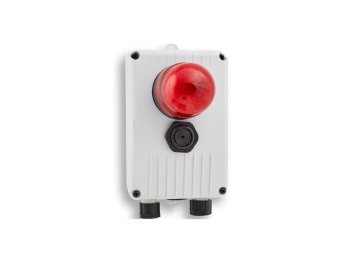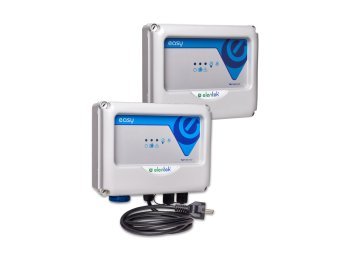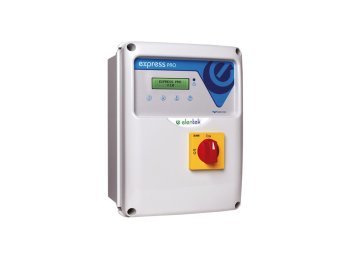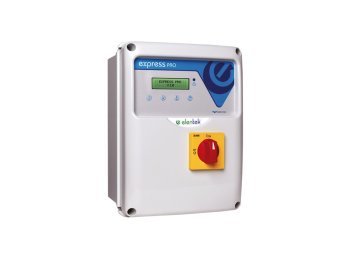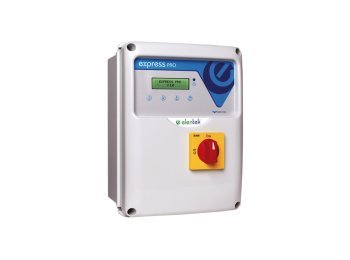Smart electrical panels for hydraulic systems.
Electrical panels in hydraulics are fundamental components for controlling, managing, and securing systems that handle pressurized fluids.
Whether it’s a small domestic irrigation system or an industrial pumping group, electrical panels manage the startup, operation, and shutdown of the system. Technological advances mean that these devices are no longer just simple control elements. The possibilities offered by digital programming and remote control are increasingly turning them into the intelligent core of the system, playing a crucial role in its efficiency and sustainability.First of all, they can be programmed with customized logic, based on the specific needs of the system. Furthermore, the integration of mobile technologies and cloud systems allows electrical panels to communicate with smartphone apps or dedicated portals, send notifications, manage diagnostics, and support predictive maintenance, reducing time and intervention costs.
Remote system management, optimized maintenance and consumption are advantages for all types of applications: agricultural, industrial, and residential. In summary, here are the main functions of electrical panels in a hydraulic system:
- Automation and programming, according to operating logic based on level, pressure and temperature sensors;
- Protection against overloads, dry running, and short circuits, with emergency shut-off systems or visual and acoustic alarm signals.
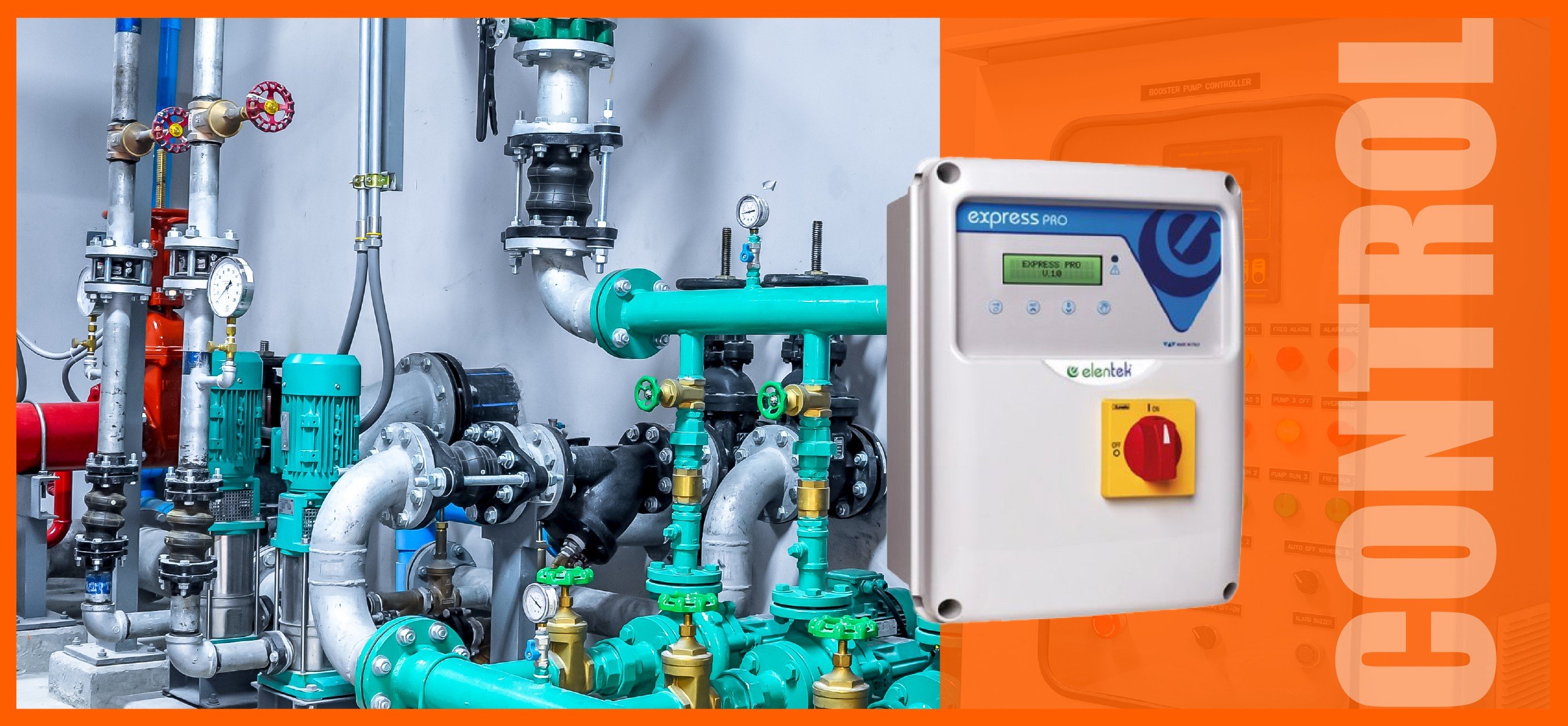
Electrical panels for hydraulic systems: a key device for many sectors.
Electrical panels are widely used in civil hydraulic systems for pump control, pressurization management, drainage, and for filling and emptying tanks, as well as in fire-fighting systems. They are also used to control pumps in industrial systems, for example in cooling and lubrication systems, temperature regulation or washing systems. They are essential for managing pumping systems in water treatment and purification plants, and also in agriculture for automatic irrigation systems.
Regardless of the application sector, electrical panels must have some essential features:
- safety for operators and the environment, thanks to compliance with national and international standards;
- modularity and configurability.
In general, the adaptability of the electrical panel is particularly important in the context of hydraulic systems, where each application has specific operational, environmental and regulatory requirements.
The strengths of next-generation electrical panels.
How to choose the right electrical panel for your system?A first aspect to consider is technical adaptability. Electrical panels must be able to integrate and communicate with existing systems, as this compatibility greatly facilitates installation and reduces costs. Naturally, by "easy integration" we mean the ability of the electrical panel to connect and communicate quickly and without invasive modifications with:
- the existing hydraulic system;
- control and supervision systems;
- any new technologies introduced later (IoT, smart sensors, etc.).
Another very important aspect, in the perspective of increasingly precise and personalized control and programming, is undoubtedly the ability to manage different operating scenarios. Finally, since they can be installed in very different contexts, electrical panels must meet specific robustness and protection requirements. This concerns both the materials they are made of and the IP protection rating, which indicates the level of protection of electrical and electronic components. A high IP rating means that the electrical panel can be safely installed even in humid or dusty environments without the risk of infiltration.
Electrical panels for dry-running protection.
Dry-running protection is one of the most important safety functions in electrical panels for hydraulic systems. Dry running occurs when a pump operates without liquid inside, a very dangerous condition as it causes overheating and severe damage. The natural friction created inside the pump during operation is usually cooled by the fluid itself, but if this is lacking, the mechanical components overheat quickly, leading to premature wear of the shaft and mechanical seals. The result? Irreversible damage to the pump and system shutdown.The electrical panel instead allows automatic deactivation of the pump as soon as the absence of fluid is detected, avoiding energy waste and especially the damage mentioned above.
Today, there are several detection technologies that communicate with the electrical panel and enable pump shutdown:
- probes, level sensors and float switches, which detect the presence of liquid in the tank or suction chamber and send a signal when it drops below the minimum threshold;
- pressure switches, which monitor delivery or suction pressure and send a signal if it is too low;
- minimum current, via inverters or amperometric relays: since the pump without liquid draws less energy, the panel compares this value with a preset threshold and shuts down the system if exceeded.




















